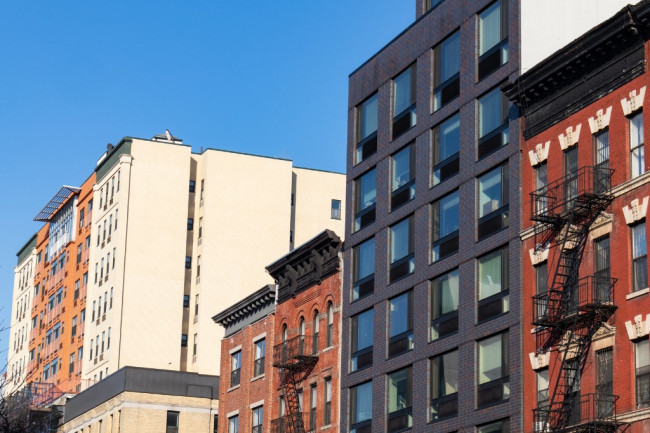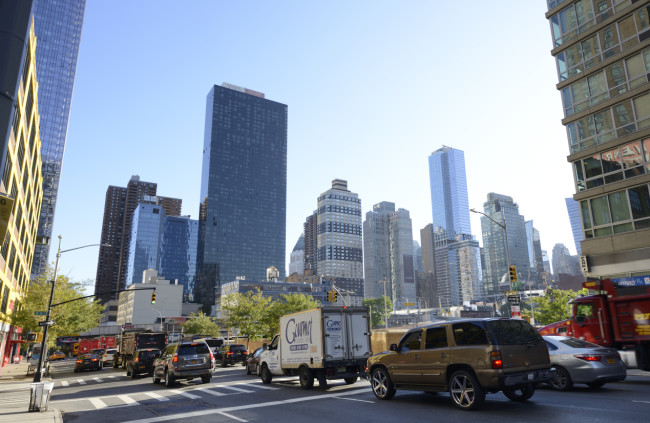Buying spree in Brooklyn and Queens continues to break records

Sales in both boroughs set record highs, both for median sales price and for the pace at which apartments are selling.
iStock
Buyers in Brooklyn and Queens aren't being deterred by rising prices: Sales in both boroughs set record highs in the third quarter, with the number of sales in Brooklyn reaching their highest level in 15 years. In Queens, sales more than doubled from the same quarter last year to their highest in nearly 12 years.
The data in the latest edition of the Elliman Report for Brooklyn and Queens continues to tell a story of low inventory, heavy sales, and rising prices in both boroughs. The median sales price in Brooklyn rose for the fourth consecutive quarter, reaching a record $928,500.
"In Brooklyn, it's been a five-year run with perhaps the most upward pressure being seen in the last four quarters," says Jonathan Miller, president and CEO of real estate appraisal firm Miller Samuel and author of the report.
Miller says low mortgage rates continue to be the driver for the increase in sales and it's causing inventory to be "overwhelmed." In Brooklyn, sales were up 169 percent in the last quarter compared to the same period last year, but inventory only increased 15.9 percent, so the levels of supply and demand are out of kilter. When you consider the borough's months of supply—how long it would take for all the inventory to be sold at the current rate of sales—it stands at 2.8 months, the fastest it has been in more than three years.
In Queens, the median sales price hit $689,750 and the months of supply is 4.1, the fastest it has been in nearly four years.
Miller points out these trends are not unique to Brooklyn and Queens and are consistent with the picture that's taken shape elsewhere in the U.S., especially the suburbs where "you are getting demand that's simply overwhelming supply."
In Riverdale, it's a similar picture: The median sales price reached $366,825, up 10 percent on the previous quarter and 20 percent compared to the same quarter last year. The number of sales rose to their highest total in 16 years and months of supply fell sharply to 3.2, the fastest-paced market in two years.
Without an adjustment in rates, Miller says "low inventory, in the short term, will keep demand elevated." If rates start to edge up, slowing sales, that will give the inventory a chance to rise. However, he says there has to be a significant increase in supply for there to be a real change in the direction of the market.
Serhant's third quarter market reports for Brooklyn and Long Island City shows prices continuing to set new records. Garrett Derderian, the firm's director of market intelligence believes the only headwinds facing the market are the lack of supply of townhouses and signs that mortgage rates are on the rise. "There are simply not enough homes for sale to keep up with demand,” he says.
The third quarter report from Compass indicated that properties selling for $3 million or more in Brooklyn saw the most growth of any price bracket and doubled in market share compared to the previous quarter. “I think a lot of people who put their home search on hold last year have come back to the market this year. So there was an influx of buyers which then drove the market prices up,” says Ralph Modica, agent at Compass.
In Corcoran's third quarter report for Brooklyn, the neighborhoods with the most activity included Brooklyn Heights, Cobble Hill, Dumbo and Downtown.
"While the quarterly comparisons to 2020 may exaggerate some year-over-year statistics, it’s clear that these impressive records prove Brooklyn's enduring strength and the depth of demand," says Michael Sorrentino, general sales manager for New York at Corcoran.
Third quarter market reports for Brooklyn and Queens from Brown Harris Stevens also charted the sales frenzy. In Brooklyn, co-ops saw bigger price increases than condos compared to the year-ago quarter. In Queens, sales at Long Island City’s Skyline Tower new development helped to push up both prices and number of sales in the neighborhood, the report says. The number of sales for one-to-three family homes in Astoria and in Forest Hills were both higher year-over-year, 80 percent and 27 percent, respectively.
"We should have expected a quick recovery in Brooklyn, but I don't know if many predicted it would be this strong and this fast," says Bess Freedman, CEO of Brown Harris Stevens.
You Might Also Like



























